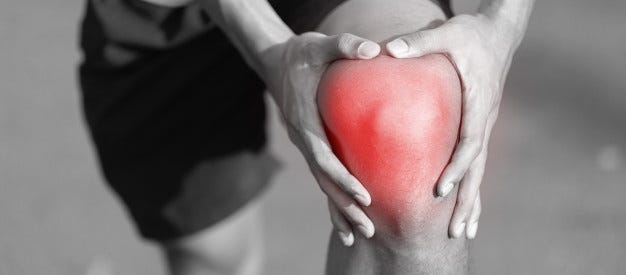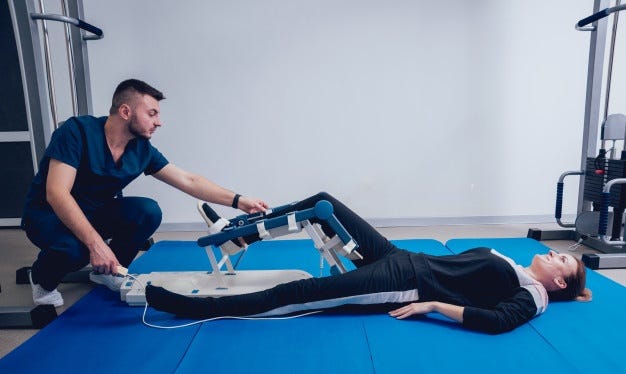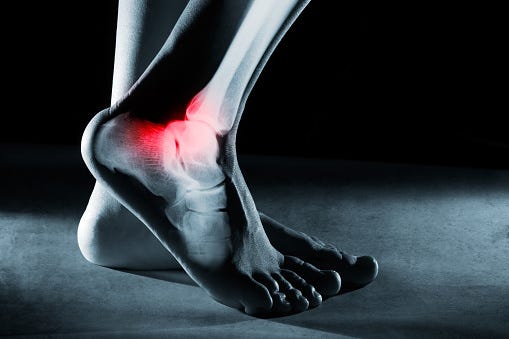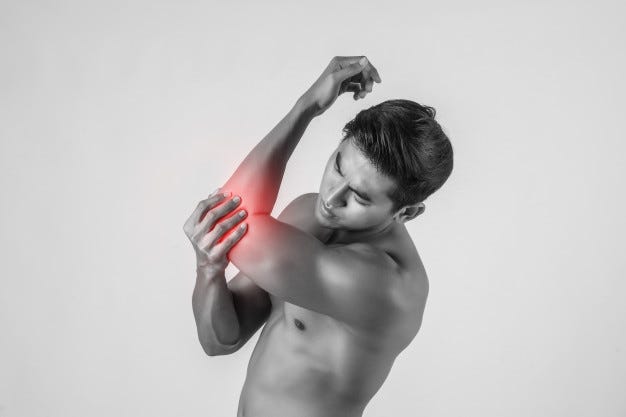A former attending surgeon at the Hospital for Special Surgery in New York, Dr. John G. Kennedy is currently a professor of orthopedic surgery at NYU Langone Health. Dr. John G. Kennedy is a co-author of over 200 peer-reviewed medical publications. One of his authored scientific papers explored platelet-rich plasma in the animal long-bone model.
A form of regenerative medicine,
platelet-rich plasma (PRP) therapy harnesses the body's natural healing abilities to enable quick repair of damaged tissues. A patient who undergoes PRP treatment will be injected with a concentration of their body-derived platelets to help accelerate the healing of ligaments, muscles, tendons, and joints.
In recent years, scientists have suggested PRP as an effective adjunct for bone repair. However, not much evidence was available to substantiate these claims. A subsequent study was conducted by a group of scientists at the Hospital for Special Surgery in New York to evaluate several studies on animal long bone models.
The criteria used for selection of evaluated studies included the use of PRP or similar concentrated platelet products with elevated platelet levels compared to baseline, use of control group to compare result, and publication in peer-reviewed journals. Case studies and randomized control trials were excluded. At the end of the study, 100 percent of evaluated PRP groups showed increased bone formation, and high torsional stiffness, a contributing factor to the bone mass formation. This result shows the beneficial effect of PRP on animal long bone models. This data will help doctors make informed decision on how best to use PRP when needed for bone healing in humans.









